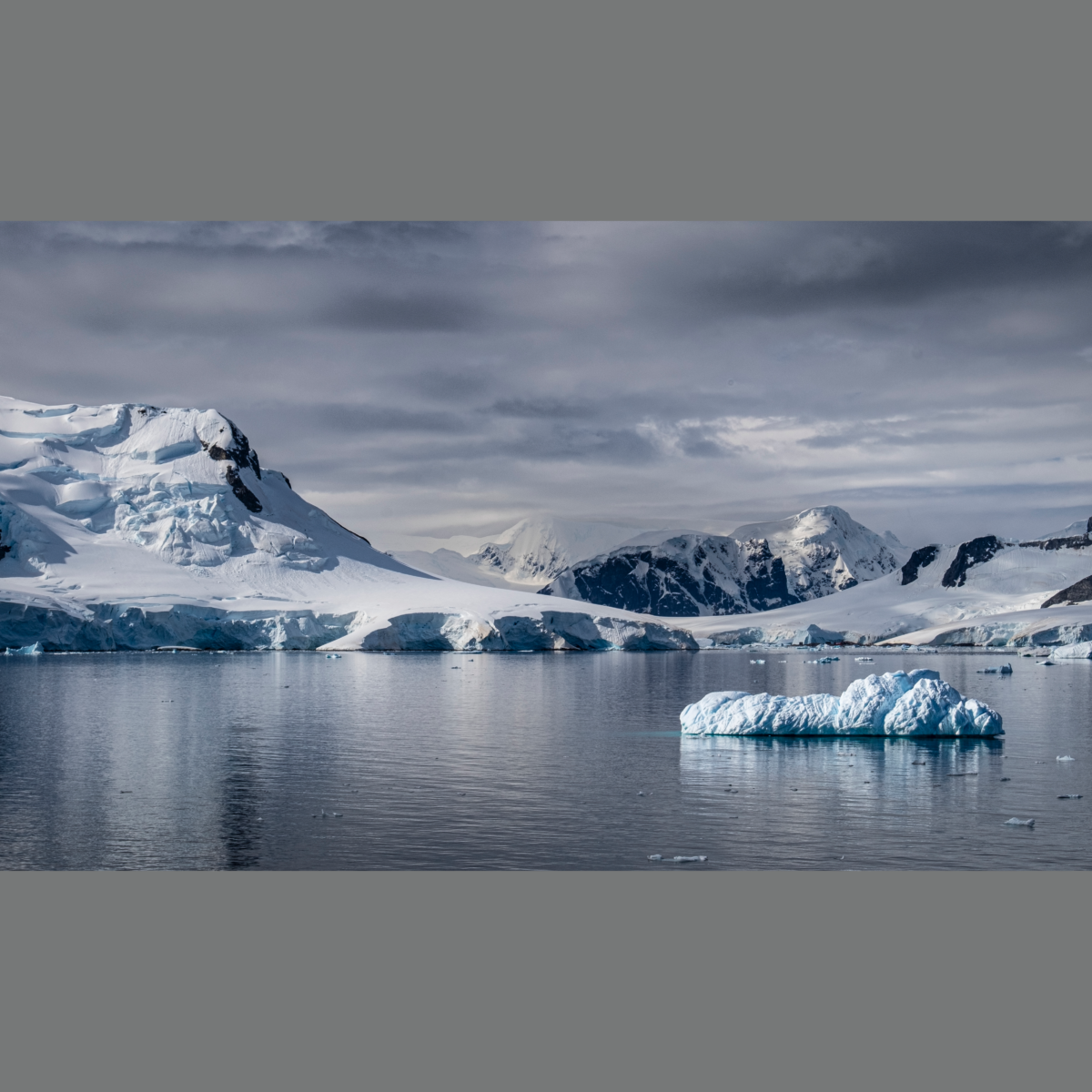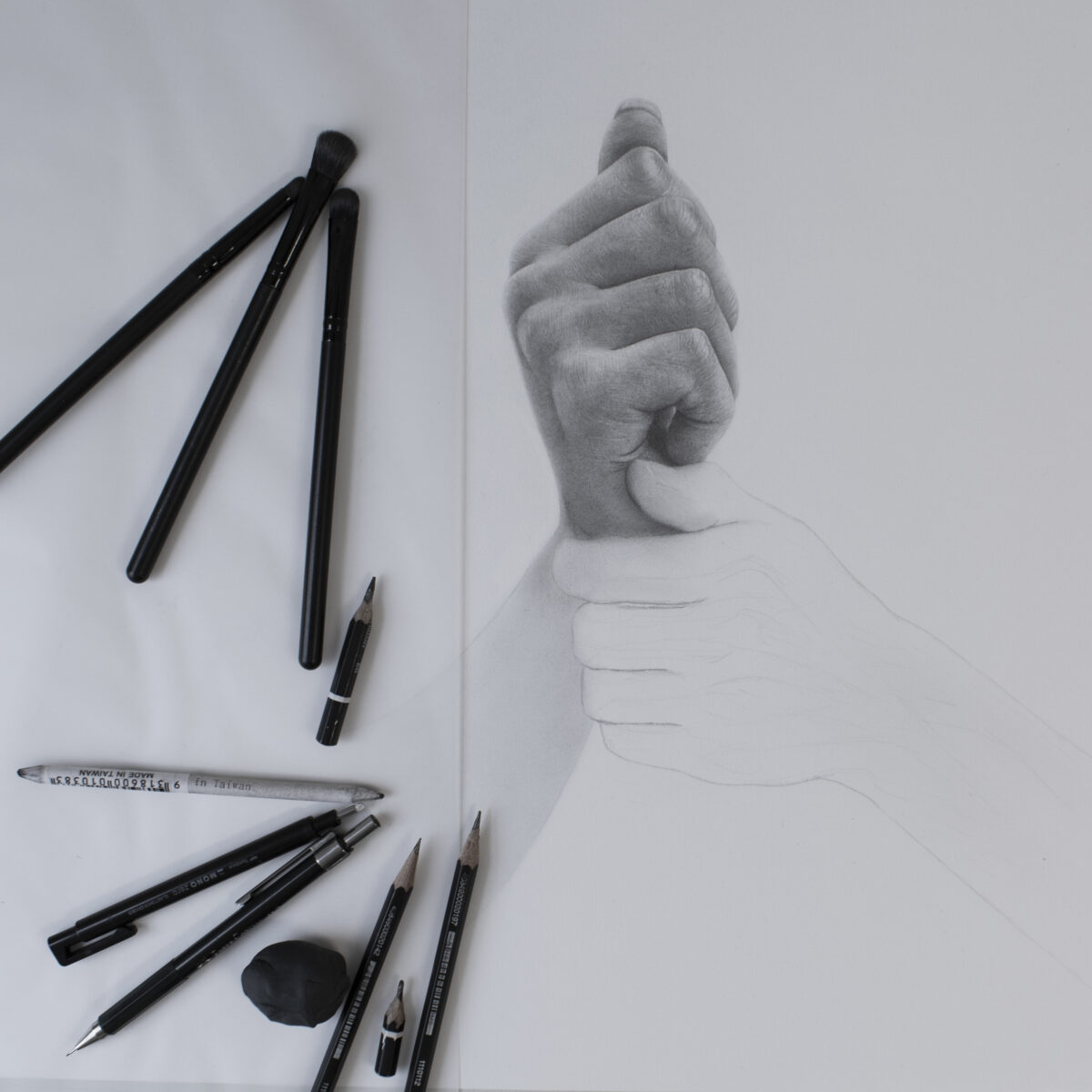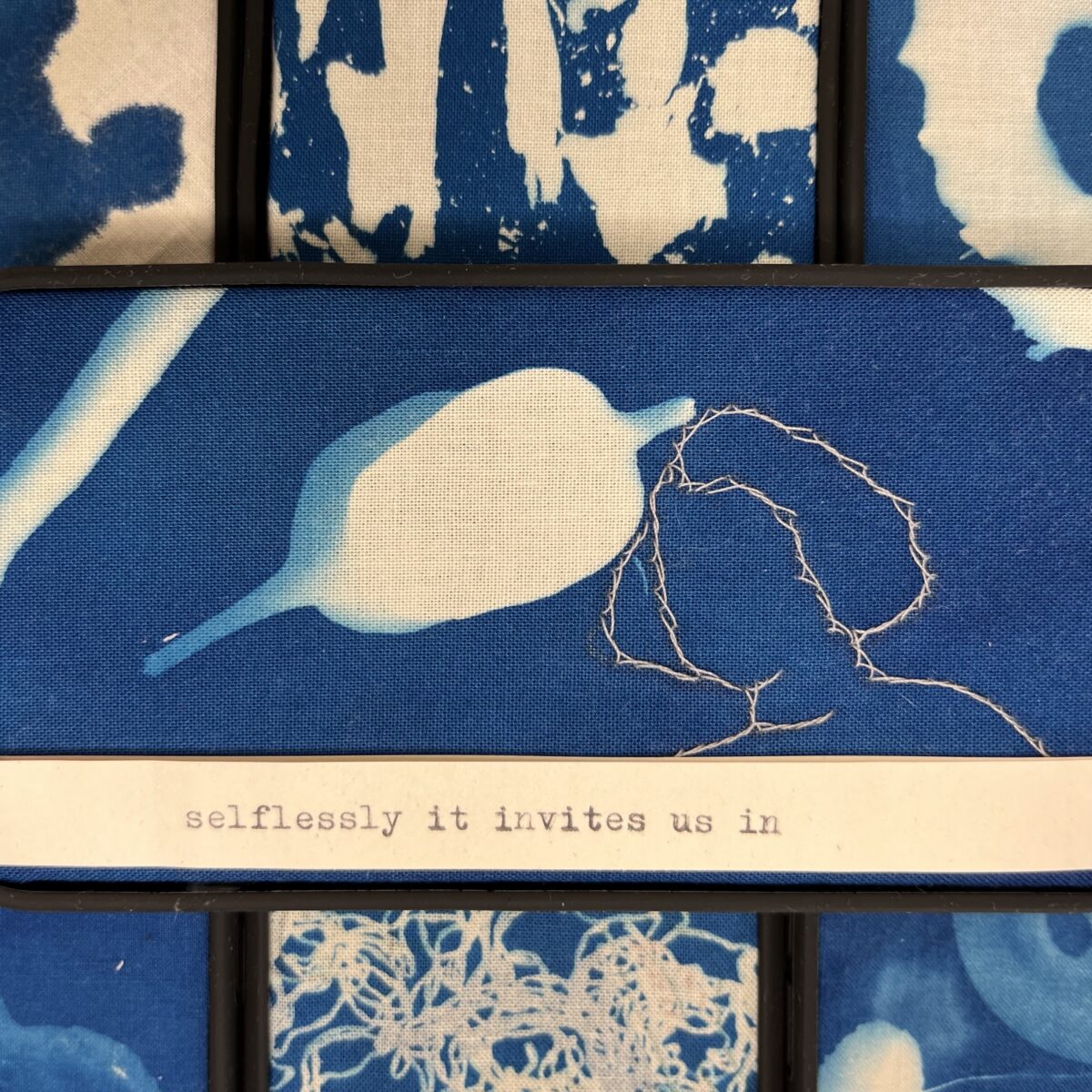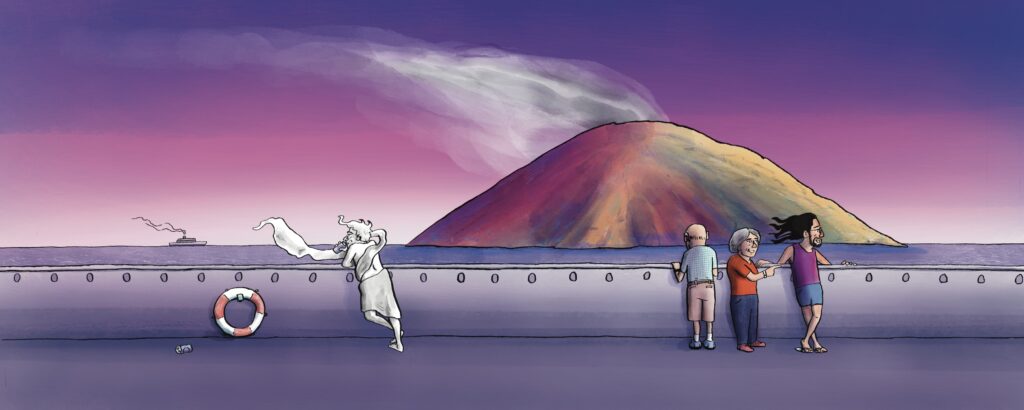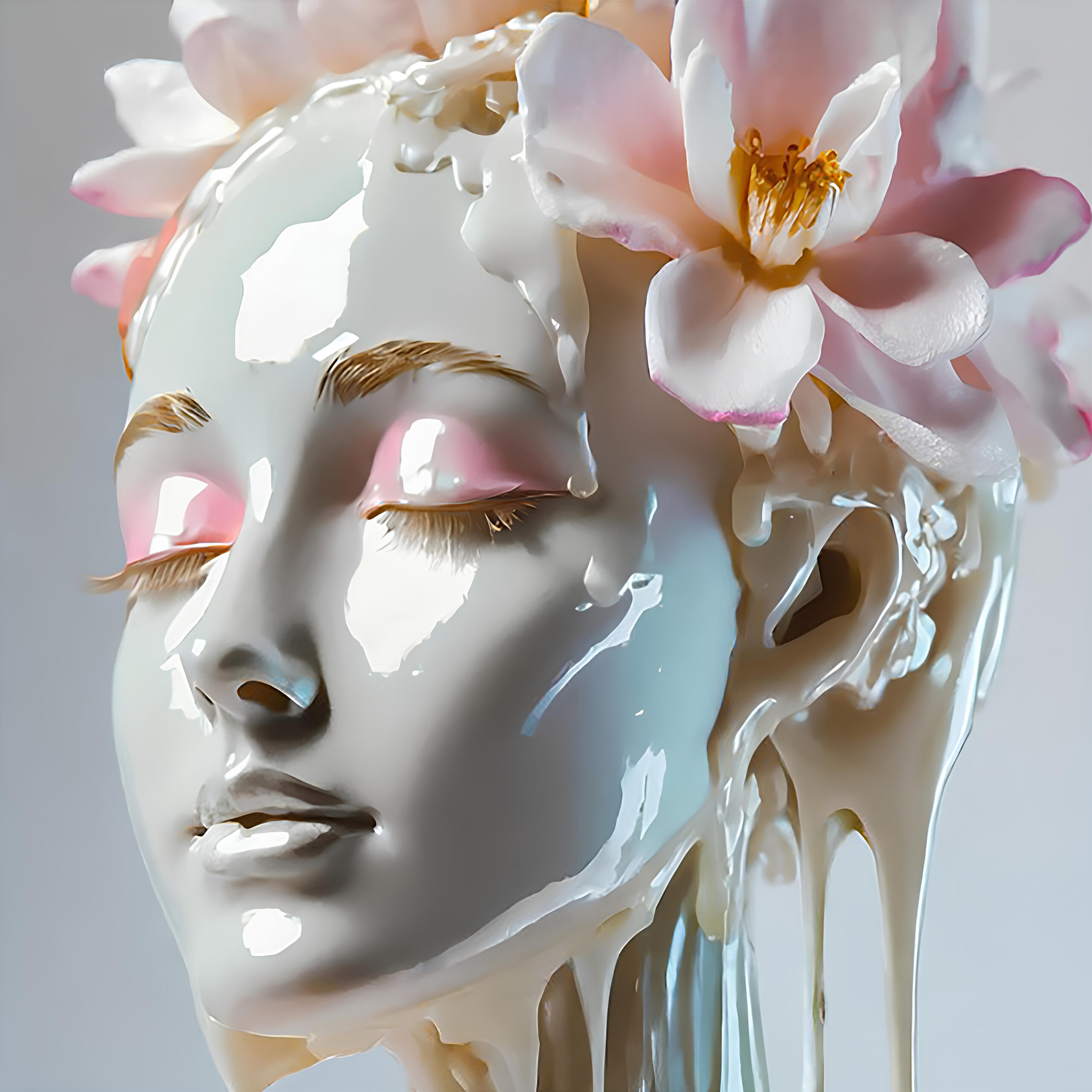Daily Opening Times :
Friday 5 July – Sunday 11 August 2024
Monday – Friday 9:00am – 5:00pm
Closed most weekends / Weekend Opening Hours TBC
“A residency within a residency. A glimpse into my creative process.
I often get the impression that a lot of the general public views artists as elusive and mysterious. We hide away in studios for hours, weeks, or months and eventually emerge with a creation. Let’s get things out in the open.
For five weeks I will move my practice out of my studio and upstairs into the studio gallery. Recent works will hang on the walls as usual, alongside my current projects. One such project is a large drawing whose subject is as tall as I am. On the days I would have otherwise been downstairs in studio 126, I’ll be in situ, working in the studio gallery. Unfortunately, this will not be every day. But on the days I am not present, my work will still be there for you to see.
I invite people not only to see what I’ve made in recent months but what I’m currently making as well. Come and watch me work, have a conversation with me, or both. You can ask me questions about my process and materials and get a glimpse of how I turn a blank surface into a hyperreal drawing using just graphite, brushes, and erasers.
My process is a time-consuming one. The large drawing is not a project that will be completed in the course of the exhibition. You will get a glimpse of the beginning of the project in action, and the beginning of a form will emerge.”
– Katelyn Geard
More SAC Resident Artists
- All Ages
- Exhibitions
- Free
- Kid Friendly
- Opening Event
Friday 4 – Monday 28 Jul 2025
Studio Gallery
View event



